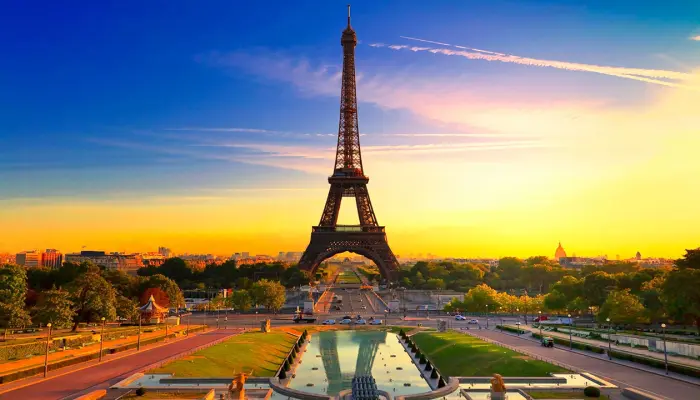Synonymous with romance and luxury, the capital of gourmet cuisine and high fashion, and simultaneously an exemplar of classicism and modernism, Paris consistently ranks among the top three most visited places on the planet. It indeed stirs passions and, as known, features in almost every other Hollywood movie.
If for this reason someone finds a trip to Paris too clichéd, one could embark on a longer journey through the northern part of France, visiting the incredible Mont-Saint-Michel in Normandy and the delightful châteaux of the Loire Valley just to the south (a detailed description of such a route can be found in the post "From the Châteaux of the Loire to Mont-Saint-Michel"). But, despite their dazzling sparkle, other places are just rays, and the sun is still - Paris.
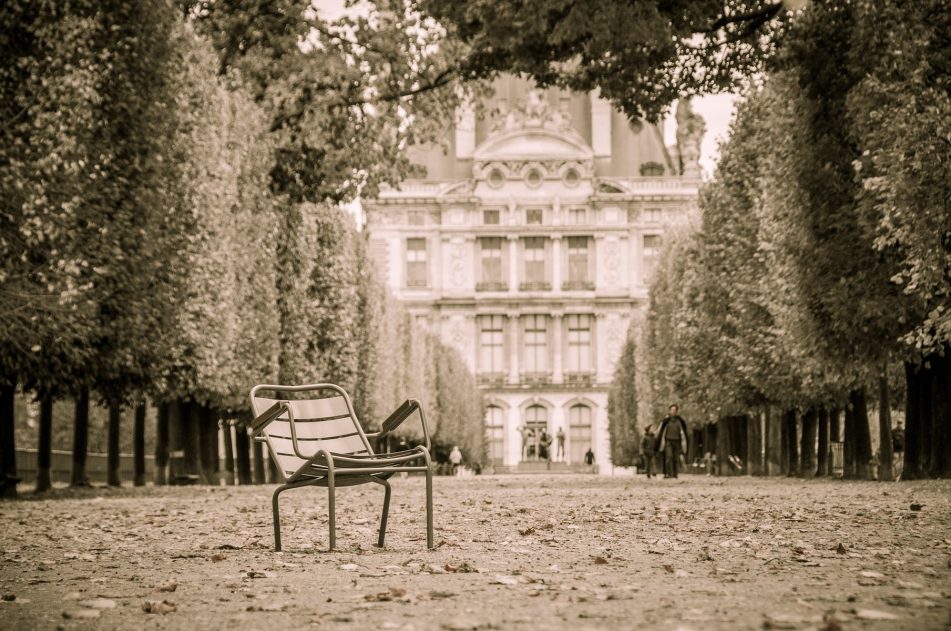
Here are some of the most popular attractions and routes in the city that you might focus on:
-
The Louvre (Le Louvre) - the most visited art museum in the world, formerly a royal residence and now a vast repository of artifacts distributed across collections of various artistic genres, decorative arts, Egyptian antiquities, works of Roman, ancient Greek, Islamic art. One of the most crowded halls at any time remains the one with the widely known "Mona Lisa" by Leonardo da Vinci. The museum also houses many other masterpieces by such masters as Raphael, Rembrandt, Van Dyck, Rubens, Velázquez, and others. Crowds also gather around the statues of Venus de Milo, Nike of Samothrace, and Michelangelo's "Dying Slave". The luxurious apartments of Napoleon III also attract wide interest from visitors.
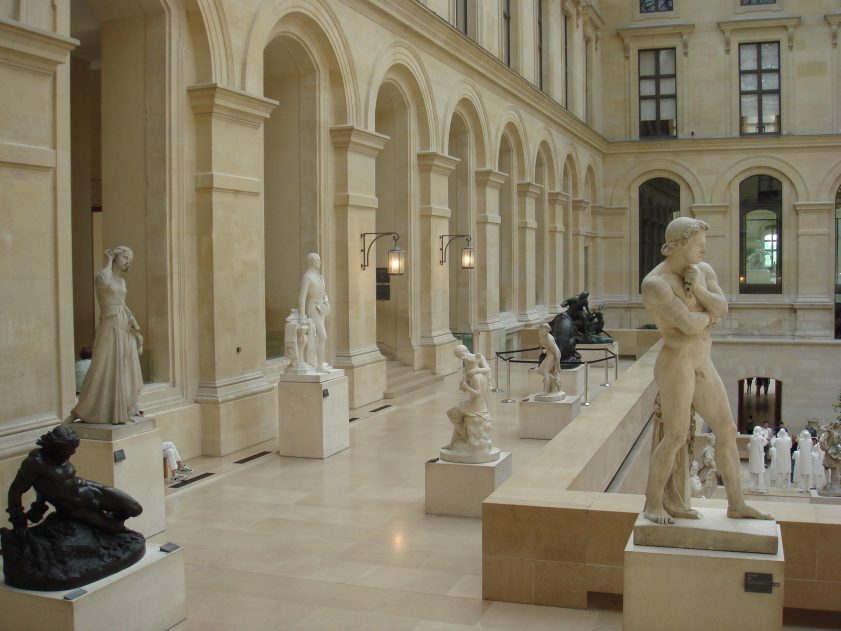
Since it's impossible to thoroughly explore the Louvre in one day - its corridors exceed a total length of 16 km, and the exhibition space is about 60,000 sq.m - it's better to identify in advance the works and halls of interest to you. This way, you avoid disappointment when, after several hours of walking, your legs start to hurt, and you've hardly seen anything of what interested you.
-
Near the Louvre are the Tuileries Gardens, Place de la Concorde, and the Church of La Madeleine (Sainte-Marie-Madeleine). From Place de la Concorde starts the most famous boulevard in the world, the Champs-Élysées, and at its opposite end, on Place Charles de Gaulle, you are greeted by the famous Arc de Triomphe. Just stroll along the Champs-Élysées, and you will fully embrace the song by Joe Dassin "On the Champs-Élysées...", it will start playing in your head, as if you composed it yourself.
-
Notre-Dame (Notre-Dame de Paris) or "Our Lady of Paris" - a Gothic cathedral on the Île de la Cité in the Seine, built between the 12th and 14th centuries, is considered the pinnacle of French art and architecture, setting the archetype for the Gothic style. And indeed, it is!
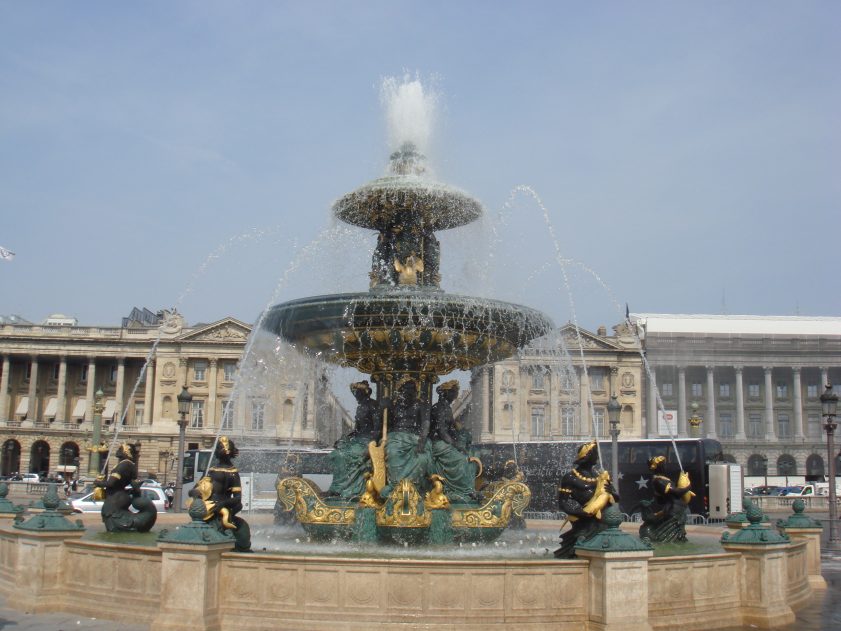
-
The Eiffel Tower (Tour Eiffel), perhaps the most popular symbol of the French capital, albeit quite clichéd, even to the point of saturation. However, ascending to its highest point truly opens up unique angles for photographs of Paris. And from there, one most distinctly notices how buildings and streets are arranged as if on a model assembled from the blueprints of some perfectionist architect. He even has a name - Georges-Eugène Haussmann, chosen by Napoleon III to transform the city, changing its medieval look for a more modern one. To him, today's Paris owes its wide boulevards, parks, and flawless buildings, faced with beige stone and wrought-iron balconies. In the evening, the tower is brightly lit, and the surrounding park is a pleasant and lively spot where Parisians arrange picnics in the middle of the city with a bottle of good wine at any time.
-
Near the Eiffel Tower, you can take a boat for a cruise along the Seine, offering the opportunity to see and capture the beautiful bridges and facades of architecturally significant buildings along the river.
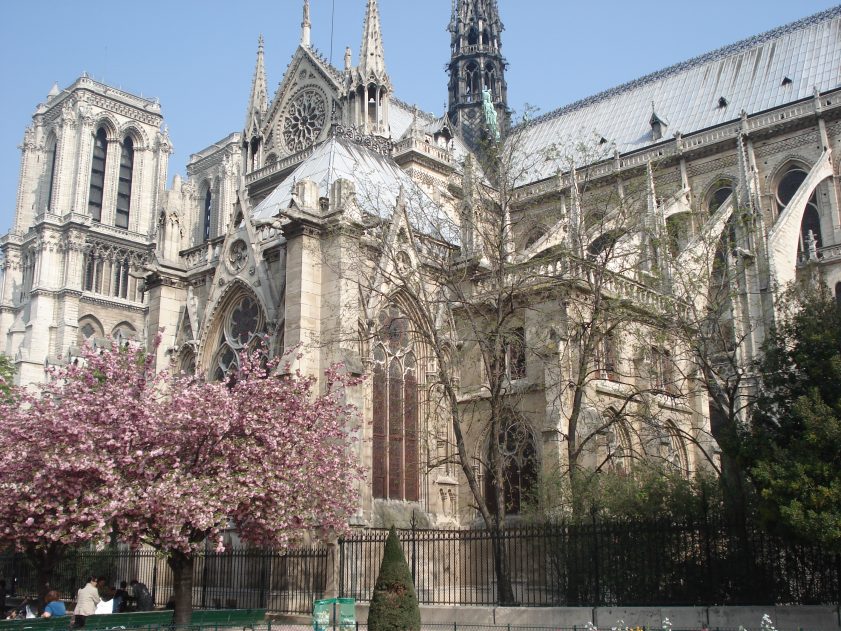
-
The Musée d'Orsay. One of these buildings near the Seine, a former railway station and hotel, was transformed into a museum of Impressionist art in the 1980s. For lovers of Impressionism, there is hardly a richer collection of artists who worked in France after the mid-19th century from the so-called "Salon of the Refused" and formed a new movement in visual art. It's a paradise for admirers of Monet, Manet, Renoir, Degas, Pissarro, Van Gogh (although a rich collection specifically for him is also contained in the Van Gogh Museum in Amsterdam), Gauguin, Cezanne, Toulouse-Lautrec. Also recommended is the museum's souvenir shop, where you can find clever ways to bring a simultaneously practical and emotionally charged item decorated with a favorite painting into your home.
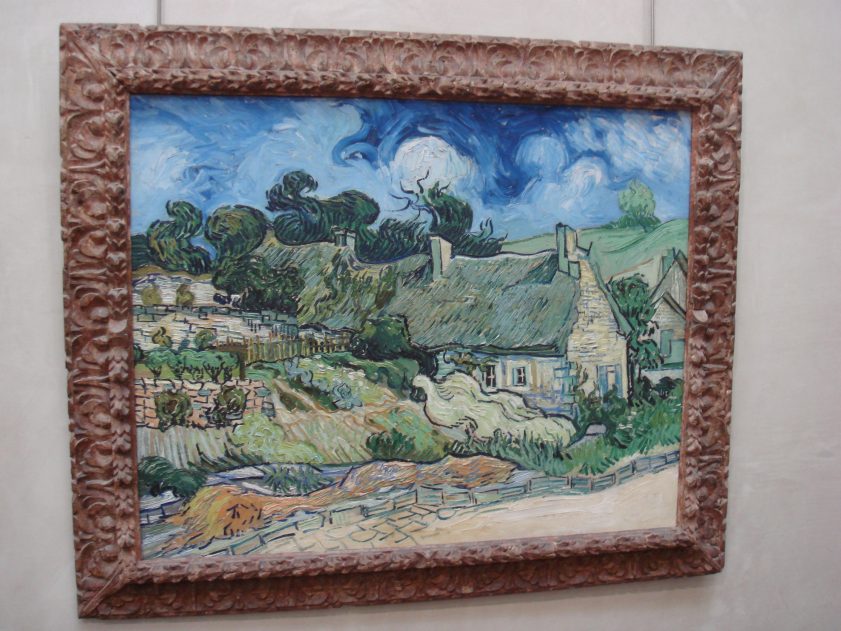
-
The Luxembourg Garden with the Palace of Marie de' Medici - one of the largest Parisian parks. The palace with incredible flower beds, statues, and fountains was built in the early 17th century at the behest of Marie de' Medici based on the model of the Florentine Palazzo Pitti - her homeland. Once a fashionable place for strolls of the French nobility, today the palace serves as the meeting place of the French Senate. The park is located on the border of the Latin Quarter, near the Sorbonne. This quarter exudes a true student atmosphere, with many colleges and universities located there, and its name derives from the Latin language in which teaching was conducted in the Middle Ages. There you will find some of the most vibrant bars and bistros in the city.
-
The Montmartre hill with the artists' square and the Basilica of the Sacré-Cœur (Sacred Heart) at the top. The picturesque streets of Montmartre preserve the spirit of many famous artists who worked there in their studios, like Picasso, Dalí, Van Gogh, and others. In the Montmartre area is also the famous Moulin Rouge cabaret.
-
The Palace of Versailles in the eponymous town 30 km from Paris is a must-visit on any culturally minded trip to the French capital. Transformed from a castle into a royal residence and the actual center of governance of France under Louis XIV, Versailles is one of the most famous palaces in Europe, a UNESCO World Heritage Site. In Versailles, one can still see the settings of court life from the era of the "Sun King" - life full of luxury and splendor but also intrigues and betrayals.
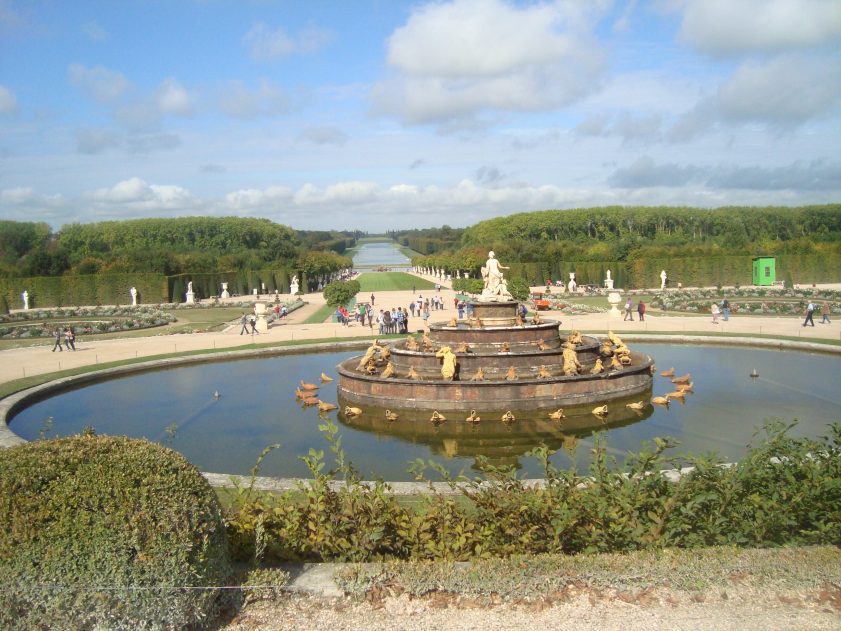
The lengthy list of Parisian attractions also includes: Les Invalides, the Panthéon with the ashes of Victor Hugo, Émile Zola, Voltaire, Marie Curie, and other distinguished French people, the Père Lachaise Cemetery where Chopin, Oscar Wilde, Bizet, Balzac, Bellini, Édith Piaf, and other great personalities in human history are buried, Place Vendôme, the Palais Garnier, the Montparnasse district, and much, much more.
Paris has many faces, but it's best to discover them yourself. Somehow, it resembles true French wine – after a sip, it unfolds with a lush bouquet of aromas, intoxicates the mind, and leaves a long aftertaste.
